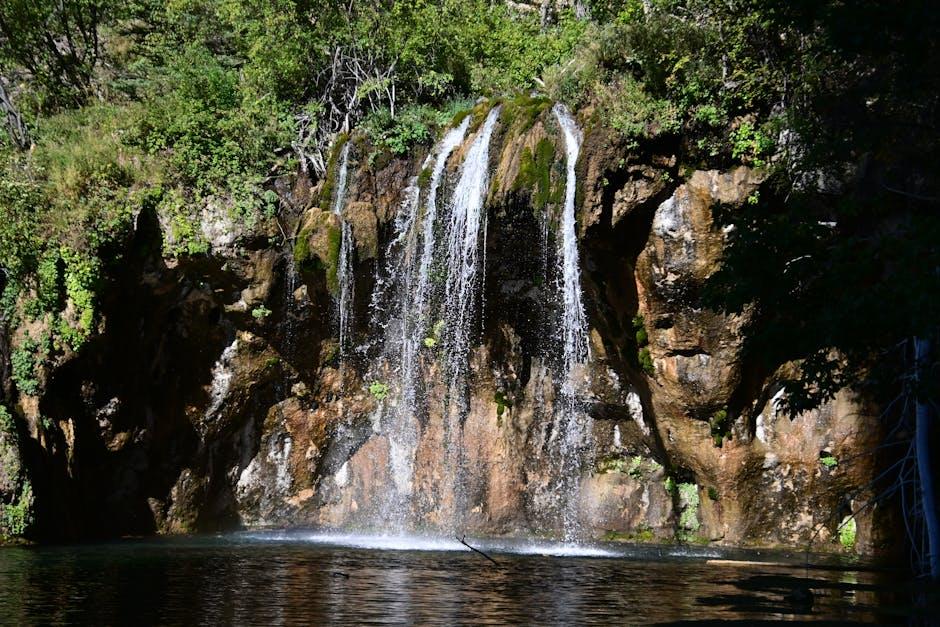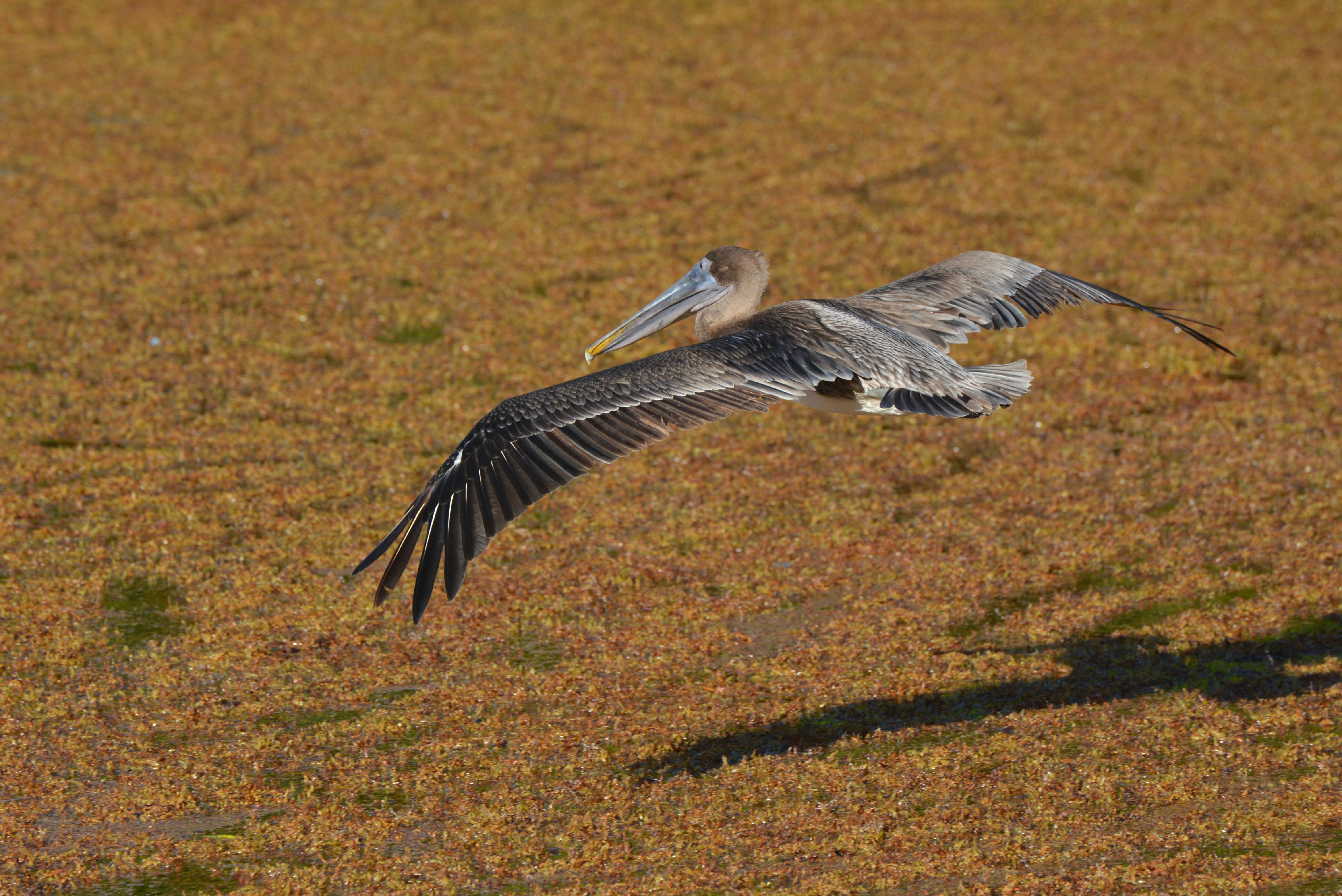In the kaleidoscope of global travel, where adventure meets culture, and nature intertwines with humanity, a crucial question emerges: should tourists skip wildlife parks with captive animals? This inquiry tiptoes along the delicate line between curiosity and conservation, posing a moral dilemma for the modern explorer. As the sun rises over sprawling savannahs and dense jungles, it casts light not only on the creatures that inhabit these lands but also on the ethical shadows that accompany their captivity. In this article, we embark on a journey to explore the multifaceted world of wildlife tourism, examining the allure of these parks against the backdrop of ecological responsibility and ethical considerations. Join us as we navigate the complex terrain of this debate, seeking to uncover whether the cages that hold these animals also imprison the conscience of those who visit.
Evaluating Ethical Concerns in Captive Wildlife Tourism
When contemplating a visit to wildlife parks that house captive animals, it’s crucial to delve into the ethical implications. On one hand, such parks can serve as sanctuaries, offering a safe haven for animals that are endangered, injured, or unable to survive in the wild. These institutions often emphasize conservation, education, and rehabilitation, aiming to foster a deeper understanding and appreciation of wildlife among visitors.
However, ethical concerns arise when these establishments prioritize profit over the well-being of their residents. Key issues to consider include:
- The quality of living conditions provided for the animals
- Whether the park participates in breeding programs for commercial gain
- The authenticity of their conservation efforts
- The level of transparency about the animals’ origins and care
By scrutinizing these factors, tourists can make informed decisions, ensuring their visits support ethical and sustainable wildlife tourism.

Understanding the Impact of Captivity on Animal Behavior
When animals are kept in captivity, their natural behaviors can be significantly altered. Social structures in the wild, such as pack hierarchies or mating rituals, may not develop correctly in confined spaces. Captive environments often limit the range of natural behaviors, such as foraging, hunting, and exploring, which can lead to physical and psychological stress. This stress might manifest as repetitive actions, known as stereotypies, or heightened aggression. The lack of environmental enrichment often compounds these issues, creating an atmosphere where animals are unable to express their inherent instincts.
Moreover, the educational value of observing captive animals is often debated. While these settings provide an opportunity for people to see wildlife up close, the behaviors displayed are frequently not representative of those in the wild. This can lead to misconceptions about animal behavior and ecology. Considerations for their mental and physical well-being are crucial, and any captivity should prioritize ethical practices. This includes spacious enclosures that mimic natural habitats, opportunities for social interaction, and activities that stimulate natural behaviors. The ethical dilemma thus arises for tourists: to support or not support facilities that may compromise animal welfare.
- Altered social dynamics in confined spaces
- Restricted range of natural behaviors
- Potential for psychological stress
- Educational value vs. ethical concerns

Exploring Alternatives to Traditional Wildlife Parks
As awareness grows around the ethical implications of wildlife parks with captive animals, tourists are increasingly seeking out more sustainable and humane alternatives. Ecotourism is emerging as a popular choice, allowing travelers to experience wildlife in their natural habitats while supporting conservation efforts. These ventures often collaborate with local communities, ensuring that tourism revenues contribute directly to preserving ecosystems and promoting biodiversity. Additionally, many ecotourism projects emphasize education, offering guided tours that enrich visitors’ understanding of the complex interplay between wildlife and their environments.
Another compelling option is visiting wildlife sanctuaries that rescue and rehabilitate animals. Unlike traditional zoos, these sanctuaries focus on the well-being of the animals, often providing expansive spaces that mimic their natural habitats. Visitors can learn about the stories of individual animals and the broader challenges facing their species, fostering a deeper connection and understanding. Some other alternatives include:
- Virtual Safaris: Experience the thrill of a safari from the comfort of your home through live-streamed wildlife adventures.
- Wildlife Volunteering: Engage in hands-on conservation efforts, from habitat restoration to species monitoring, alongside dedicated conservationists.
- Conservation Workshops: Participate in workshops that focus on sustainable practices and conservation strategies, offering a blend of learning and practical action.

Guidelines for Responsible Wildlife Tourism
When engaging in wildlife tourism, it’s essential to follow certain principles to ensure that your experiences are both enriching and ethical. Here are some key guidelines to consider:
- Research Thoroughly: Before visiting any park, investigate their practices. Ethical parks prioritize animal welfare and conservation over entertainment.
- Respect Natural Habitats: Choose experiences that allow animals to roam freely in environments that mimic their natural habitats. Avoid interactions that disrupt their natural behaviors.
- Support Conservation Efforts: Opt for parks that contribute to genuine conservation projects. Your visit should help sustain wildlife populations, not exploit them.
- Be Informed: Educate yourself about the species you encounter. Understanding their needs and challenges can deepen your appreciation and advocacy for their protection.
- Mind Your Impact: Stay on designated paths, follow guidelines, and maintain a respectful distance. Remember, you’re a guest in their home.
By adhering to these principles, you can ensure that your wildlife encounters are both memorable and mindful, fostering a future where humans and wildlife coexist harmoniously.
In Retrospect
As we wander through the intricate maze of ethical travel, the question of whether to visit wildlife parks with captive animals serves as a poignant reminder of our role as stewards of the natural world. It beckons us to weigh the scales of conservation, education, and entertainment with a discerning eye. Whether we choose to step into these parks or tread a different path, the decision is deeply personal, woven from threads of knowledge, empathy, and responsibility. perhaps the journey is not just about where we go, but how we grow—cultivating an awareness that respects the delicate balance between human curiosity and the intrinsic rights of the wild. As travelers, may we continue to explore with open minds and compassionate hearts, ever mindful of the footprints we leave behind.

































